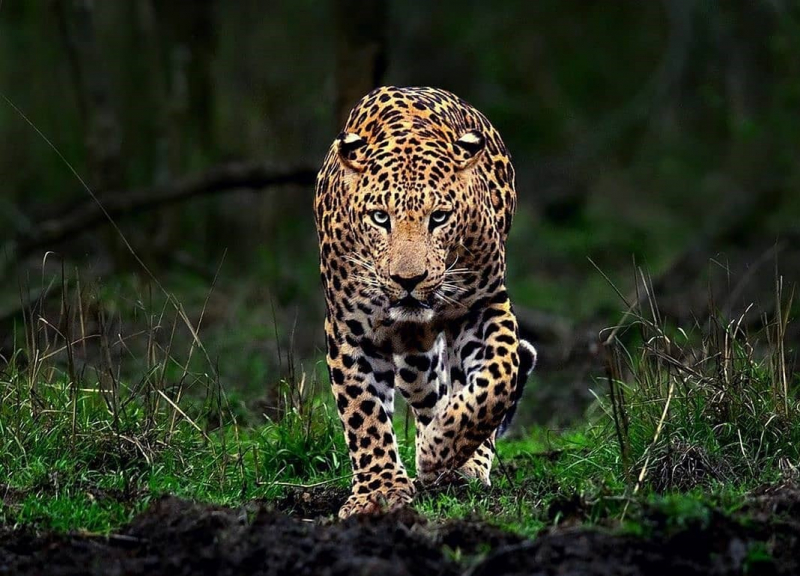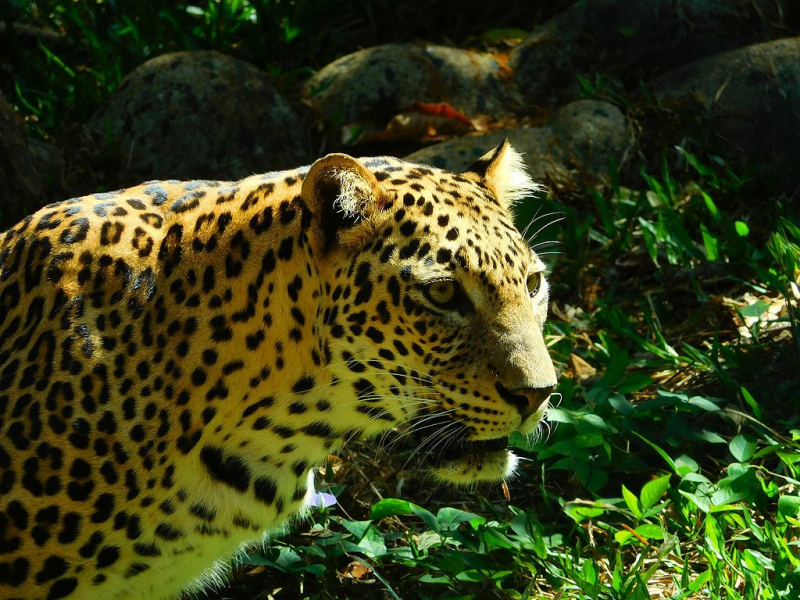Indian leopard
The leopard subspecies known as the Indian leopard are found throughout the Indian subcontinent. The IUCN Red List categorizes the species Panthera pardus as Vulnerable because populations have decreased as a result of habitat loss and fragmentation, poaching for the illicit trade in skins and other body parts, and persecution as a result of conflict situations. Along with the Bengal tiger, snow leopard, clouded leopard, and Asiatic lion, the Indian leopard is one of the large cats that can be found on the Indian subcontinent.
Around 400 individuals were said to have died at the hands of the Leopard of Panar at the turn of the 20th century, compared to more than 100 deaths at the hands of the Leopard of Rudraprayag. Jim Corbett, a well-known hunter and tracker of man-eating cats, pursued both man-eating leopards.
Such rampages are the exception, though. One of the most dangerous animals in India is the Indian leopard, however, attacks are frequently brought on by the leopard's need to target people in rural areas due to its shrinking natural habitat and lack of available prey. Human attacks have increased, not because leopards are naturally bloodthirsty but because they are convenient prey for them.













